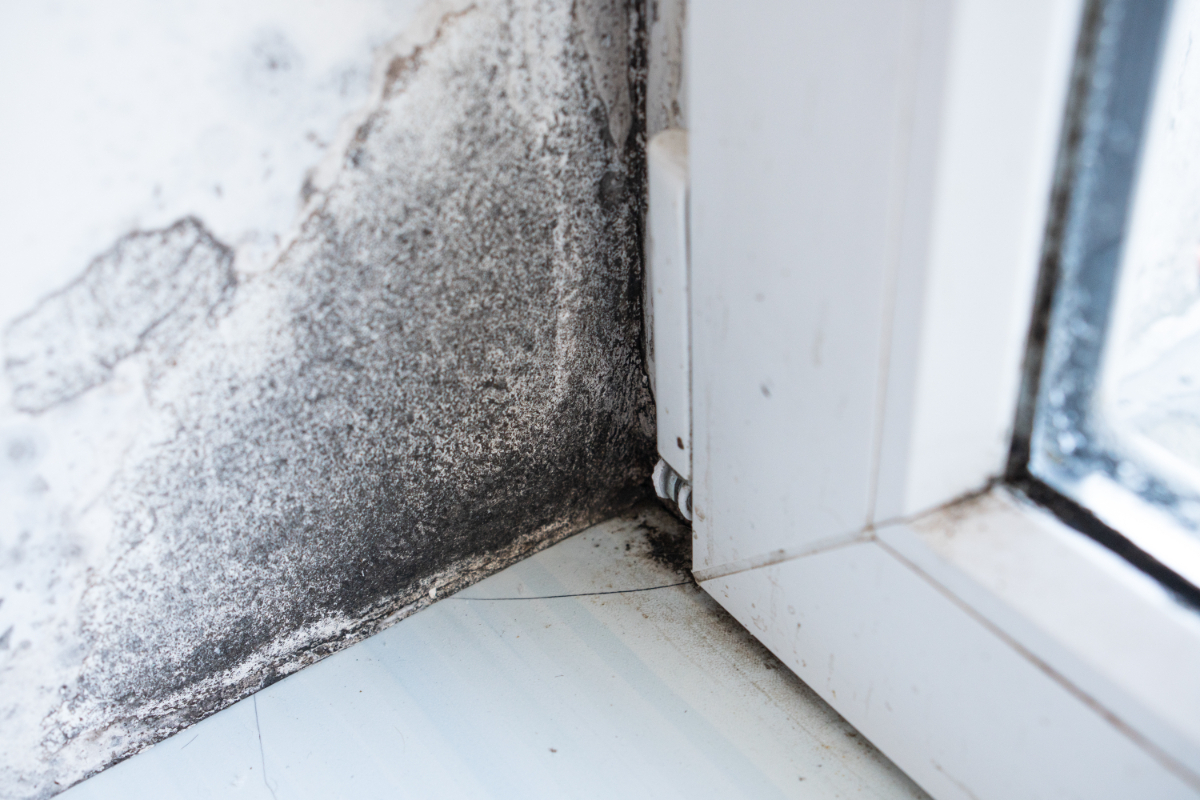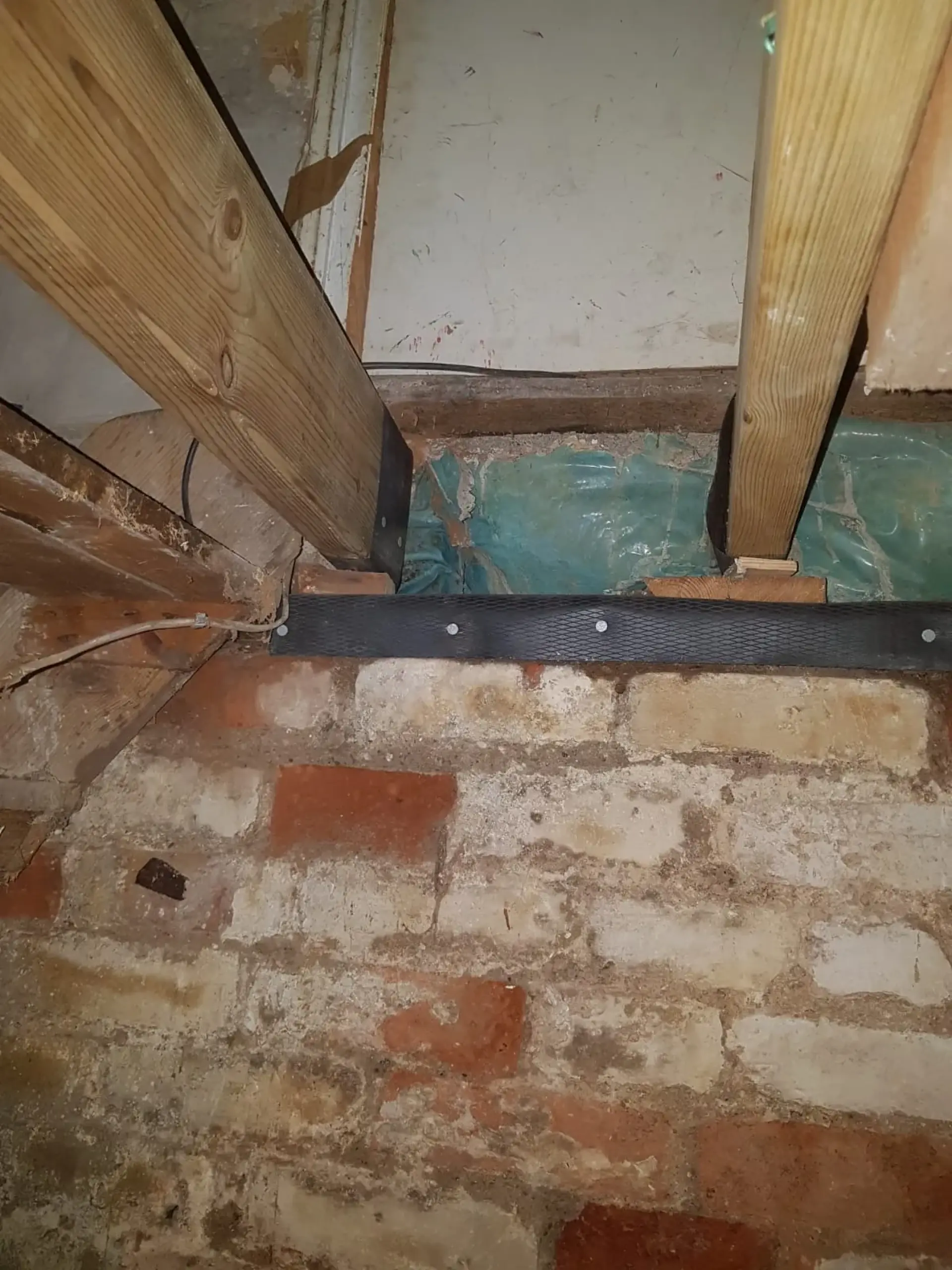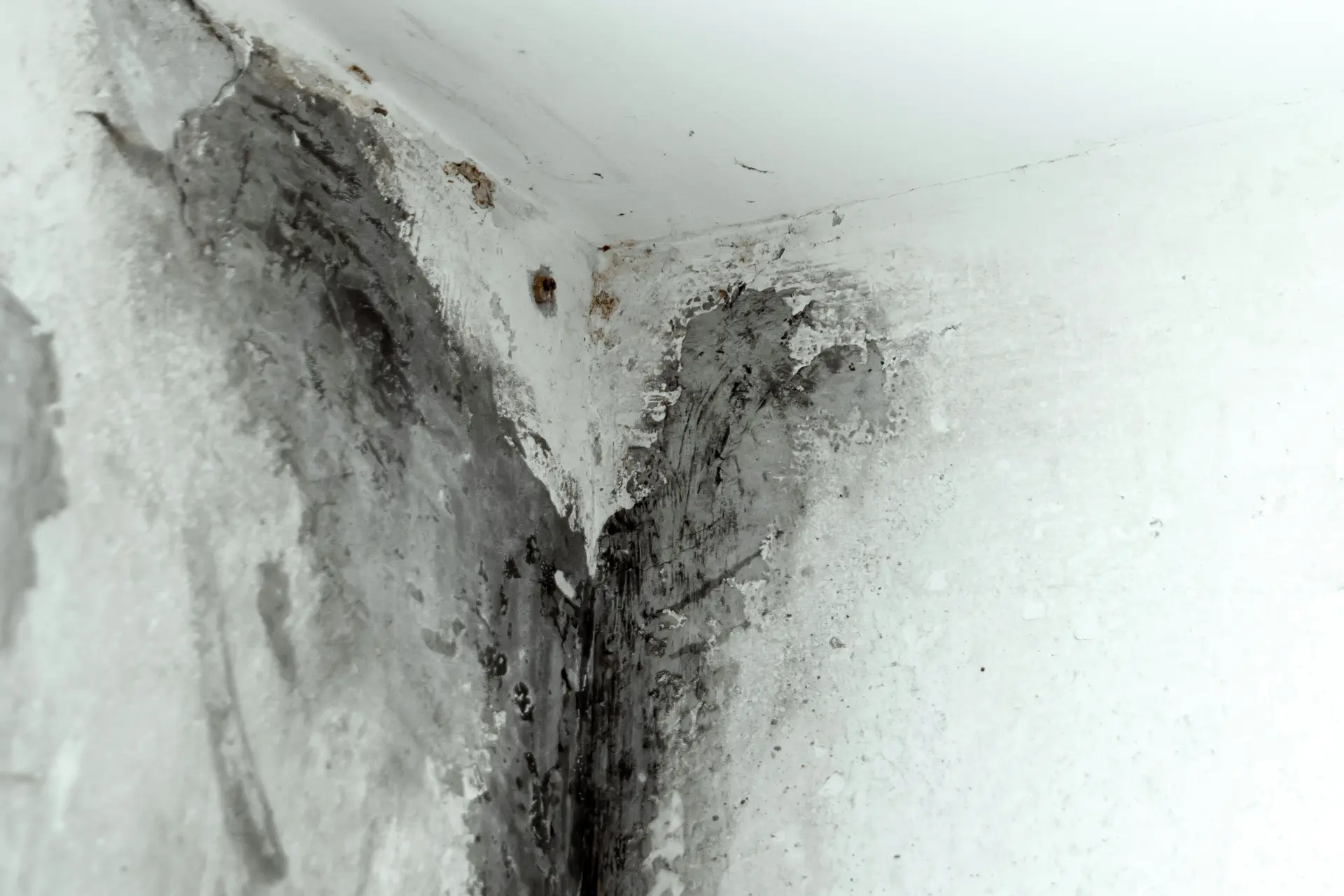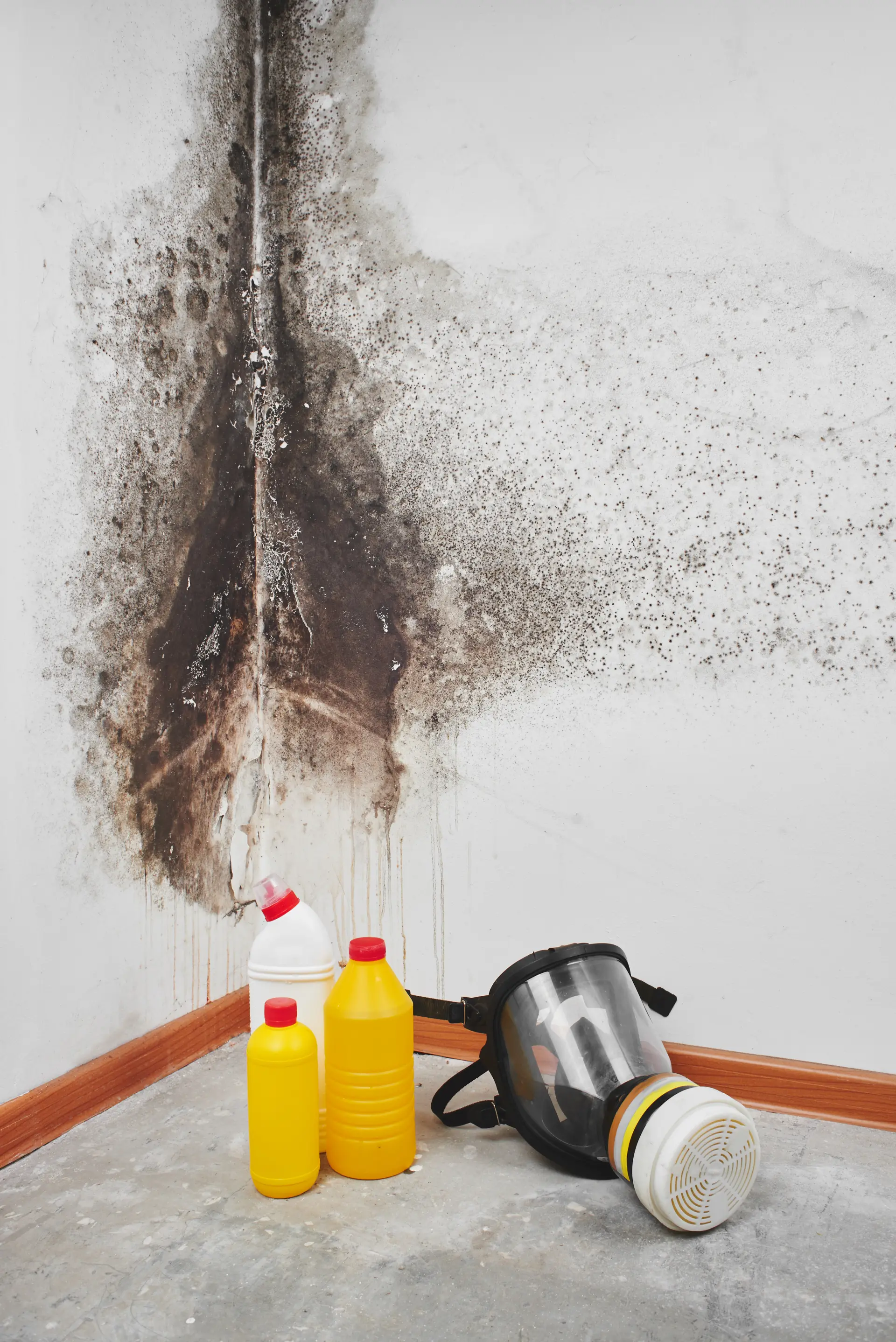What does a homebuyer damp survey check for?
A homebuyer damp survey is a targeted inspection that identifies excess moisture in a property and where it’s coming from. The survey begins with a visual sweep of the property for tell-tale signs of damp, such as tide marks, black mould, streaming windows, blistering or flaking paint, salt deposits, musty odours, warped skirting boards, and lifting floor coverings.
Moisture readings are then methodically taken to build up a profile of the property. Pin-type meters are used on timber to check the moisture levels, and on masonry, surveyors will look for patterns rather than single numbers. Some surveyors will provide surface temperature and humidity checks to spot cold bridges and hidden leaks.
Why damp surveys are important when buying a property
Damp problems are common in UK homes, especially in older houses with solid walls or altered ventilation. A damp survey goes beyond the quick visual once-over of a mortgage valuation and focuses on the amount of moisture that's in the home, how far the issue has spread, and what’s really causing it.
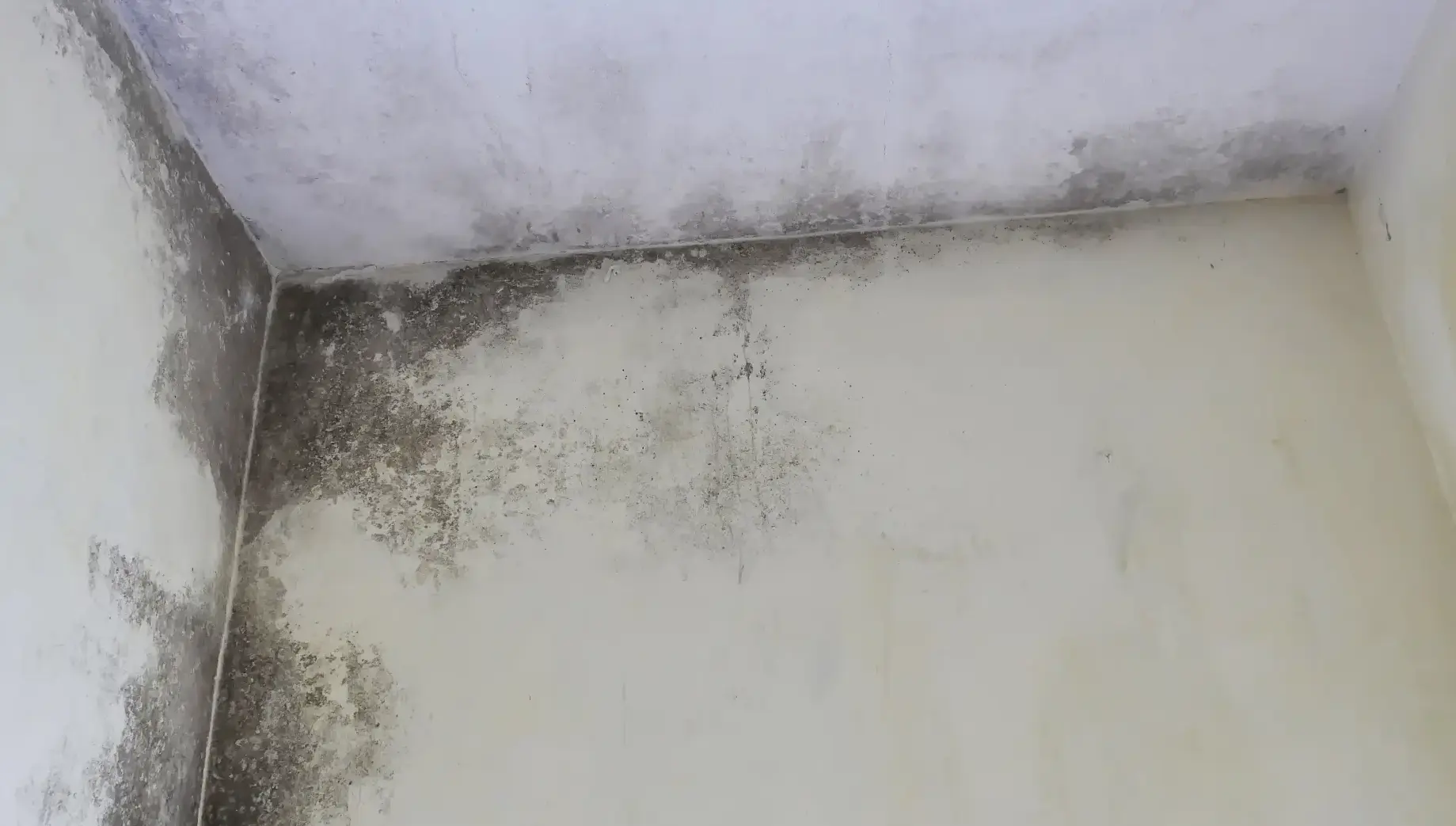
Damp can cause timber to decay, plaster to crumble, and metal fixings to corrode over time. Catching this issue early on can help you create a realistic budget, renegotiate the purchase price, or get the seller to conduct targeted repairs before the sale goes through. Without this evidence, you risk inheriting a problem that’s expensive to fix and harder to argue about.
Condensation and mould release spores and irritants into the air that can aggravate your asthma or allergies, affect your indoor air quality, and make rooms feel cold and clammy. A good damp survey will diagnose the issue, state what types of damp are present and create practical remedies to damp-proof your property.
Types of damp the survey may find
When you commission a damp survey, the surveyor’s aim is to identify both the type of moisture and its underlying cause. In many homes, condensation is the most common culprit.
Condensation forms when warm, humid air hits cold surfaces and leaves water behind on the windows, corners and external walls. The typical signs of condensation are black mould, musty odours and peeling paint in bathrooms, kitchens and bedrooms with poor ventilation. Interstitial condensation can also form when moisture condenses inside the plasterboard due to cold bridges or missing vapour control layers, and causes “mystery” damp patches.
Penetrating damp forms when rainwater or splashbacks seep through cracked render, porous bricks or stone, leaking gutters or perished seals. Penetrating damp causes stains that worsen after wet weather, and these stains can appear anywhere on your walls or ceilings.
Rising damp forms when groundwater seeps into walls that have a damaged damp-proof course (DPC) or walls that are bridged by raised ground levels or low-level plaster. The typical signs of rising damp are tide marks up to about 1 metre, salt deposits (efflorescence), crumbling skirting boards, and friable or detached plaster near the floor.
Areas of the home that are checked
A homebuyer damp survey aims to understand where moisture may be entering, accumulating, or getting trapped within a property. Externally, the surveyor will inspect the roof coverings, flashings, valleys and parapets for signs of ingress, before tracing any rainwater off the building through the gutters, downpipes and overflows to check for leaks and blockages.
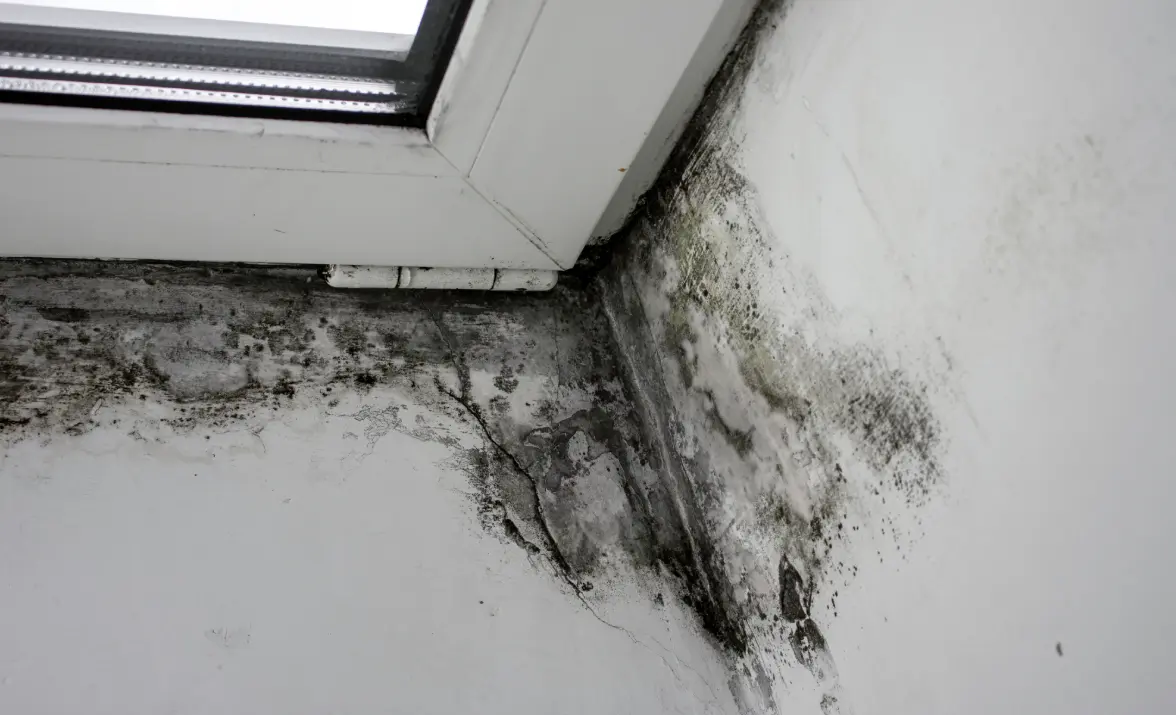
The walls are then checked for cracked render, defective pointing, porous bricks or stone, open joints around windows and doors, perished sealants and missing drip edges on sills. The ground levels are also inspected, and the surveyor will look for signs of bridging from high paths, planters, decking or slumped paving.
Internally, the surveyor will focus on inspecting your walls, corners, and windows to find or reveal condensation. The skirting boards, architraves and low-level plaster will also be checked for signs of softening or salt deposits, and the floors will be tested to see if there's a void where wet rot and decay could form.
At Above Water Damp Proofing Ltd, we provide professional damp surveys that can uncover hidden damp issues within UK properties. We can pinpoint condensation, penetrating damp, rising damp and more using moisture profiling, thermal imaging and general inspections.
